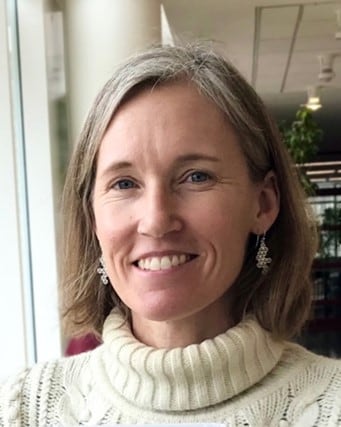Leveraging High-structure Course Design in Undergraduate Science
Dr. Kim Quillin explains how to bridge the opportunity gap in undergraduate science programs by fostering active learning, championing transparency, and cultivating a growth mindset in students.
Kim Quillin, Introductory Biology Curriculum Coordinator for Salisbury University and co-author of Biological Science, Salisbury University
Increased course structure can increase student performance, sense of belonging, and retention and in undergraduate science programs, reducing the opportunity gap and thus increasing diversity, equity, and inclusion in STEM. Join Dr. Kim Quillin as she shares an example of a high-structure course design in introductory biology that incorporates transparent course outcomes, a consistent routine of low-stakes formative practice aligned to outcomes, a collaborative classroom culture of active learning, and a growth-mindset-based mastery-grading system providing multiple attempts for students to achieve outcomes on case-study-style summative assessments.
About the speakers

Kim Quillin, Introductory Biology Curriculum Coordinator for Salisbury University and co-author of Biological Science, Salisbury University
Kim Quillin received her BA in Biology at Oberlin College and her PhD in Integrative Biology from the University of California, Berkeley. Kim is a co-author of Biological Science and has been in the trenches with the project since the first edition with Scott Freeman in 1999. Kim serves as the Curriculum Coordinator for Introductory Biology for Salisbury University, Maryland, where she has redesigned the curriculum to adopt evidence-based, inclusive teaching and learning strategies. In May 2023 she was awarded the SU President’s Diversity and Inclusion Champion Award.